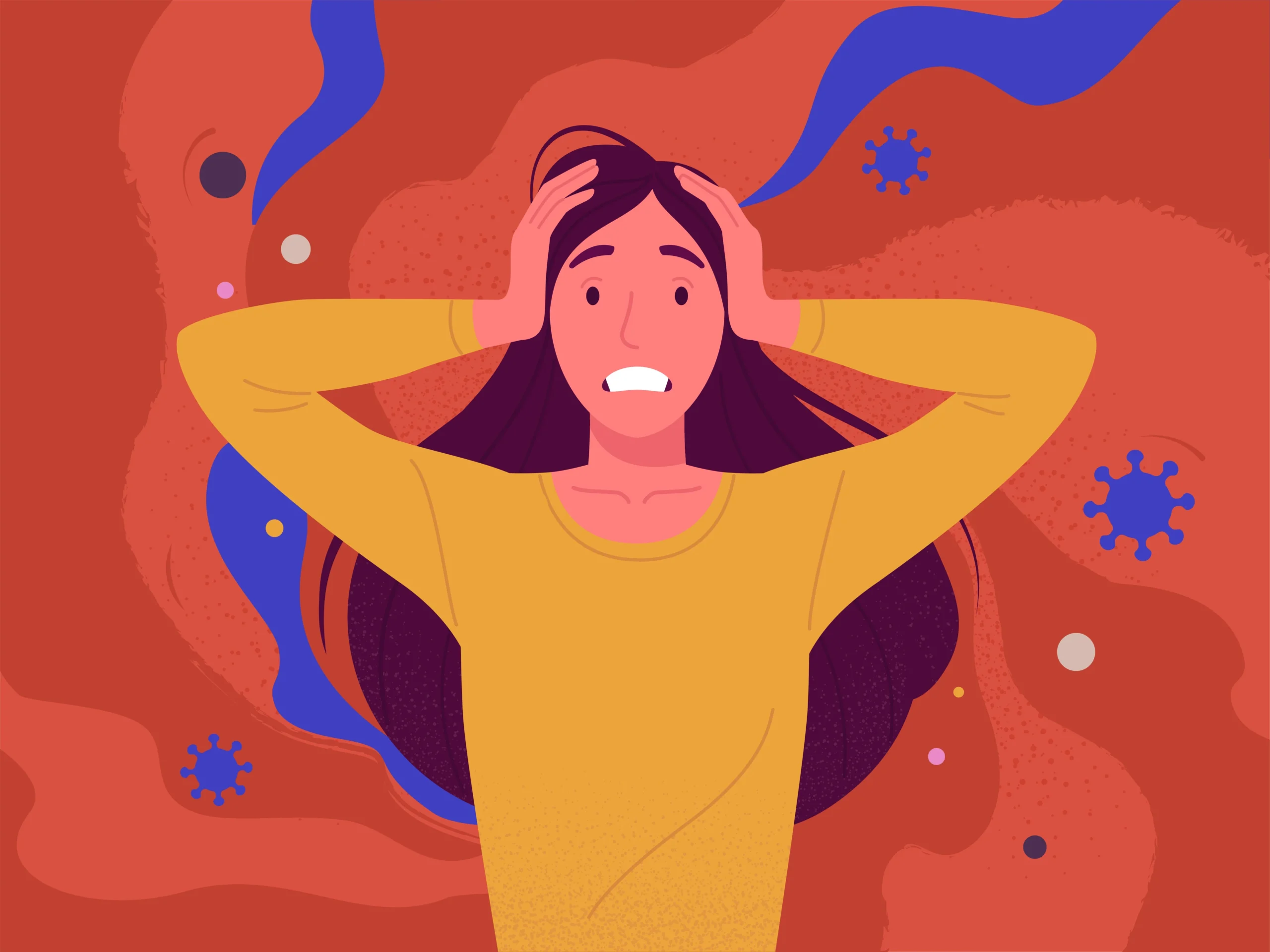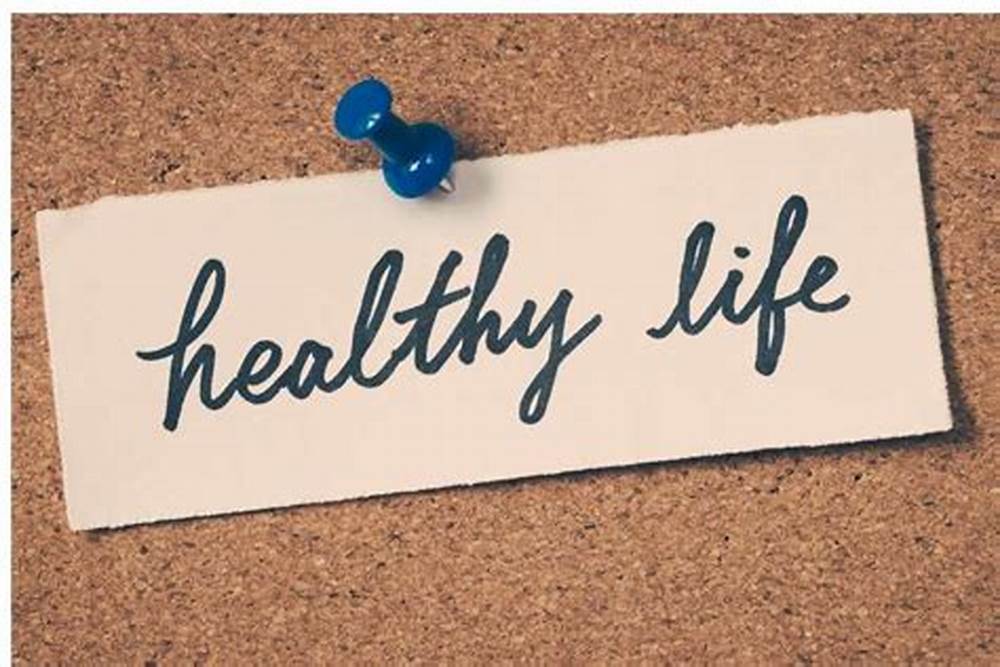A panic attack can feel overwhelming. Your heart races, breathing becomes difficult, and a sense of fear or dread can take over quickly. The good news is there are practical and immediate steps you can take to calm a panic attack fast, often in under five minutes.
This guide offers a step-by-step method to help you manage panic attacks using proven strategies. These steps are based on both professional psychological guidance and real-life experiences. I’ve personally used and shared these techniques with friends, and they can help you regain control when panic strikes.
What Is a Panic Attack?
A panic attack is a sudden episode of intense fear that triggers severe physical reactions when there is no real danger or apparent cause. Common symptoms include:
- Rapid heartbeat
- Shortness of breath
- Chest pain
- Dizziness or lightheadedness
- Sweating or chills
- Numbness or tingling
- Feeling like you’re losing control or about to die
Panic attacks can happen suddenly, often without warning. The key to managing them is knowing what to do in the moment.
Step-by-Step: How to Calm a Panic Attack in Under 5 Minutes
These are practical techniques you can apply in real time. They don’t require special tools or equipment—just your focus and attention.
Step 1: Acknowledge What’s Happening (15 seconds)
The first step is to recognize that you are having a panic attack—not a heart attack or something worse.
Say to yourself (out loud if possible):
“This is a panic attack. I’m not in danger. It will pass.”
This kind of self-assurance interrupts the spiral of fear. It helps you separate the experience from the fear that something terrible is happening to your body.
From my own experience, just reminding myself that I’ve felt this before and survived it helps reduce the intensity.
Step 2: Ground Yourself with the 5-4-3-2-1 Method (60 seconds)
Grounding pulls your attention away from fear and back to the present. The 5-4-3-2-1 technique is a mental exercise that engages your senses.
- 5 things you can see: Look around and name five visible objects.
- 4 things you can feel: Touch your clothing, the floor, a chair—acknowledge the sensation.
- 3 things you can hear: Focus on ambient sounds like a clock ticking, cars outside, or your own breath.
- 2 things you can smell: If nothing around you has a scent, just focus on the air or your own skin.
- 1 thing you can taste: Swallow or take note of the taste in your mouth.
This exercise shifts your brain from panic mode into awareness and control. It often helps reduce physical symptoms quickly.
Step 3: Use Controlled Breathing (60–90 seconds)
When panic hits, breathing becomes shallow and fast. Slowing your breath sends a calming signal to your brain.
Try this basic box breathing technique:
- Inhale slowly through your nose for a count of 4
- Hold your breath for 4 seconds
- Exhale gently through your mouth for 4 seconds
- Hold your breath again for 4 seconds
Repeat this cycle 3–4 times.
I personally use this whenever I feel a panic wave coming. It works because it resets the oxygen levels and interrupts the stress loop.
Step 4: Relax Your Muscles (60 seconds)
During a panic attack, your body tenses up. Doing a quick body scan and progressive muscle relaxation can help release that tension.
Start at your feet:
- Tense the muscles in your toes and feet for a few seconds, then release.
- Move up to your legs, thighs, stomach, arms, shoulders, neck, and face—tighten and release each area.
This technique reminds your body that it’s safe to relax.
Step 5: Use a Focal Object or Phrase (30 seconds)
Find something to focus your attention on. This could be:
- A photo or object in your hand
- A pattern on the wall or floor
- A phrase you repeat silently like, “This will pass,” or “I am safe.”
Focusing on a single object or phrase diverts your mind from spinning thoughts and anchors you in the moment.
Step 6: Stand Up or Change Your Position (15–30 seconds)
Sometimes just changing your physical position can break the cycle of panic. If you’re sitting, stand up. If you’re standing, sit down or walk slowly. Shake out your hands or roll your shoulders.
Movement resets your nervous system and sends signals that you’re taking action.
Extra Tips for Quick Relief
Here are a few more strategies I’ve used or seen others benefit from:
- Splash cold water on your face – This activates the “dive reflex” and slows the heart rate.
- Hold an ice cube – The intense sensation pulls attention away from fear.
- Use a calming scent – If you have essential oils or a familiar fragrance, take a sniff to comfort yourself.
All these techniques aim to bring your nervous system back to baseline.
What Not to Do During a Panic Attack
- Don’t try to fight the feeling or force it to stop immediately.
- Don’t catastrophize—avoid thoughts like “I’m dying” or “I’ll go crazy.”
- Don’t isolate—if someone is nearby, tell them you’re feeling anxious.
Preventive Practices for the Future
To reduce the frequency of panic attacks, consider:
- Practicing daily breathing exercises
- Getting regular physical activity
- Keeping a panic journal to track triggers
- Avoiding excess caffeine, sugar, and alcohol
- Talking to a mental health professional for therapy or guidance
These habits help train your mind and body to respond differently over time.
Conclusion
A panic attack may feel intense, but it doesn’t last forever, and you have tools to handle it. The techniques in this guide are fast, accessible, and effective. You can do them anywhere—at home, at work, or even in public. By practicing these steps, you gain confidence and control over your body’s response. Over time, you’ll feel less afraid of panic itself—and that’s a powerful step toward healing.





